
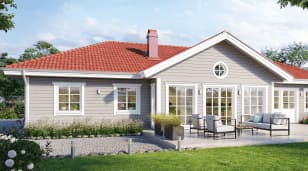
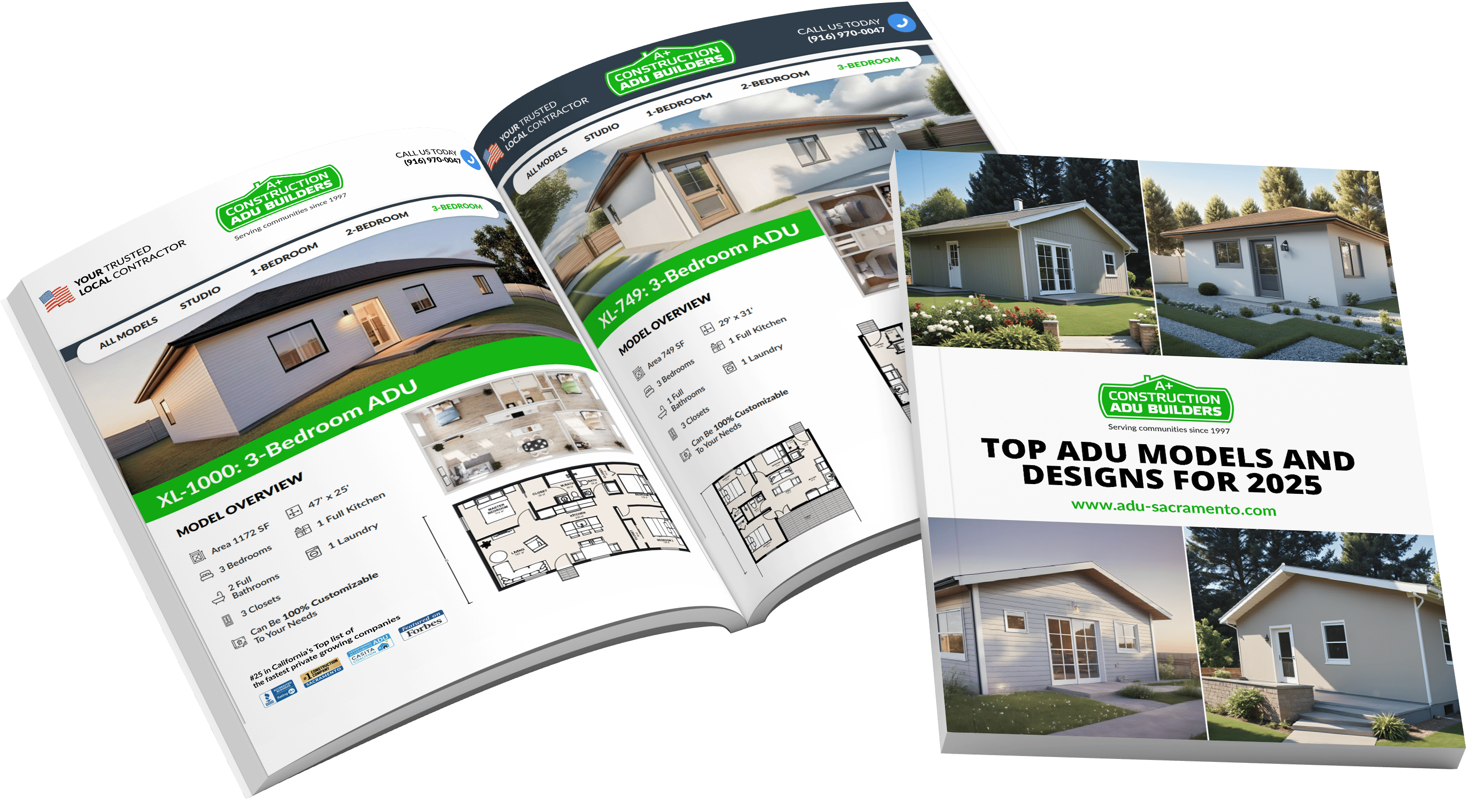


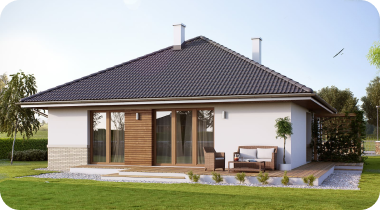
A link to download your FREE brochure will be in your inbox in 3 minutes
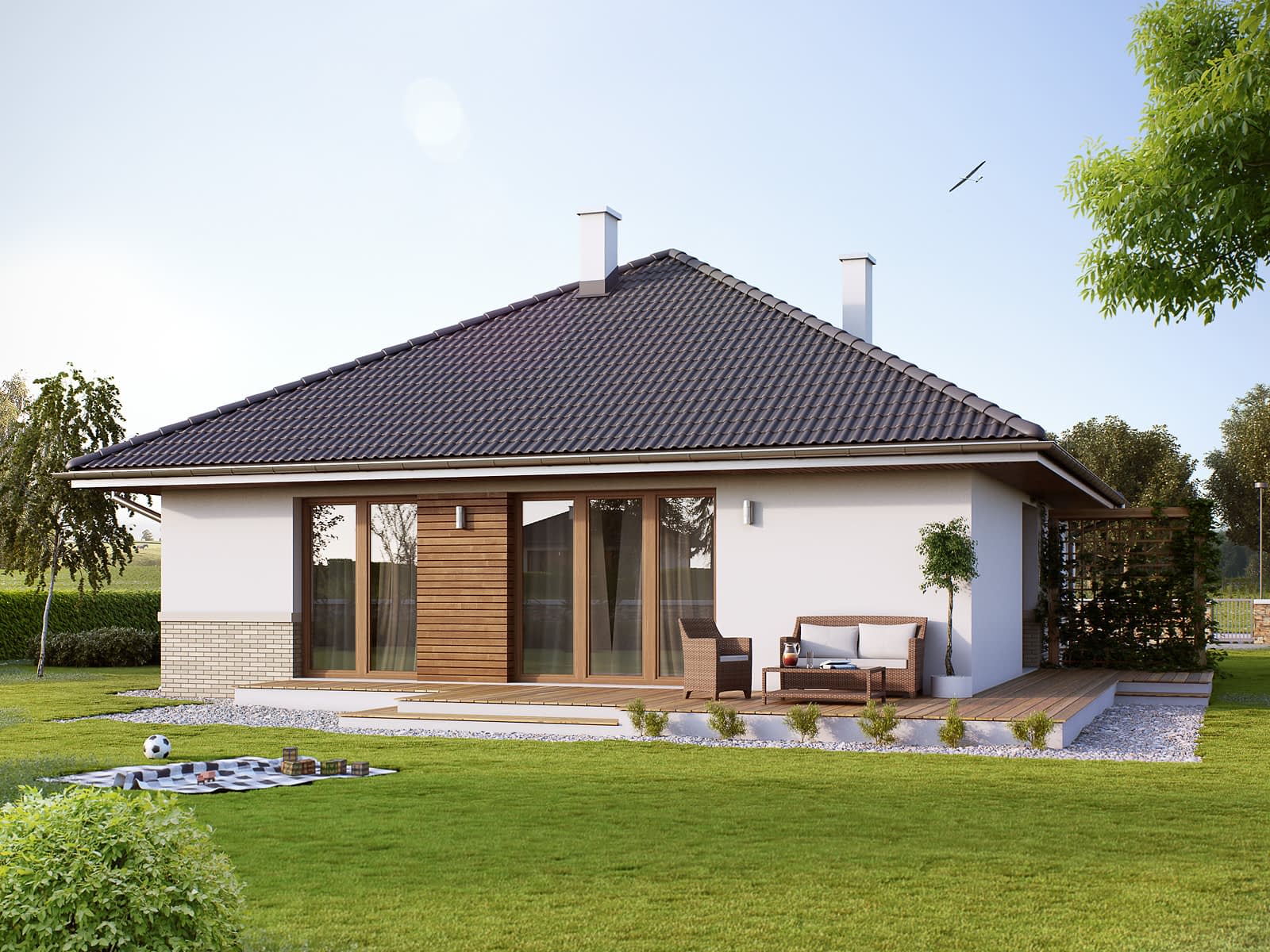


















The final price may vary based on project specifics.
To get a free accurate quote tailored to your needs, book a consultation with us today!

The price per square foot provided is an average and may vary depending on project-specific details such as materials, location, complexity, and other factors. Actual costs may differ from the average provided.
It is recommended to obtain a detailed quote based on the specific requirements of your project.

Please note that the monthly payment displayed on this page is an estimate and is subject to variation based on the selected loan product, applicants credit score, loan amount, and other financial details. Actual monthly payment may differ from the estimate provided.
It is recommended to seek advice from a financial advisor or loan officer to obtain precise payment information tailored to individual circumstances.
 Your Trusted
Local Contractor
Your Trusted
Local Contractor

The average price of conventional homes revolves around $375,000–$400,000, which are unmanageable sums for many families with medium or low income. This provokes a boom of cheap alternative housing ideas, starting with tiny houses, accessory dwelling units, and prefabricated homes and ending with less wide-spread options like cob homes or homes made of old shipping containers.
In this article, we’ll delve into the world of diverse means of affordable housing, exploring their types and features.
High population density in certain regions, including California, leads to a housing shortage and a rise in housing prices. That is why smaller and more versatile living spaces that you can build in the backyard of the existing property are gaining popularity. Not only do they allow you to save money on buying more land, but they also become alternative housing options that combine multiple purposes.
These purposes may include the following:
A fairytale tiny house in the garden is a dream for many tenants. In the presence of favorable conditions such as a sought-after location, the attractive appearance of the house and the surrounding area, as well as necessary amenities for tenants, you may hope for $2,000 or even more per month as rent.
Alternative housing options may become an investment project. For instance, if you add an accessory dwelling unit to your property and years later decide to sell the whole plot, you have the potential to earn up to 30% more than the real estate’s original price.
Adding livable space to the square footage of your main house? Whether you need to accommodate aging parents or a young family for a long time or house your guests for the weekend, tiny homes, ADUs, and other alternatives can be of good service to you.
For those running a business from home, no matter if it’s remote consultations or the production of handmade goods, it’s vital to have a distinct separation between home life and work. If traditional houses are not enough, any alternative housing option may be of good use.
Surely, there’s nothing that stops you from installing these features in traditional homes. However, housing alternative options often emphasize environmentally friendly and energy-efficient home elements more prominently, integrating them into the design and construction.
Summing up, alternative homes like ADUs or tiny homes may serve different purposes, from earning extra money by renting them out to creating a separate area for work or hobbies. However, alternative homes are not only small or extra homes. Alternative homes are also creatively designed dwellings or dwellings made in an unexpected way. Let’s take a closer look at the details!
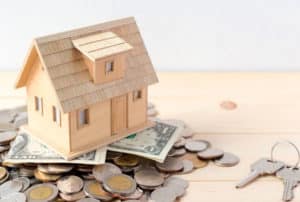
Can you imagine using it as your primary building material? Why do some people choose homes with green roofs? Or, have you ever thought that a shipping container home may actually look good?
It’s possible to group the means of alternative accommodation according to these principles:
Let’s take a look at the striking diversity of homes that ingenious homeowners have come up with! Who knows, maybe you’ll even find a great alternative housing option for yourself.
Owners of a single-family home or even a multi-family home can build up to two ADUs on the same lot as their traditional house. ADUs are versatile secondary units ranging from 150 sq. ft. to 1000 or 1200 sq. ft., equipped with necessary amenities. An ADU may take the form of a garage apartment or a standalone garden cottage, depending on the ADU owner’s needs.
A tiny home distinguishes itself from an ADU in the sense that it’s more commonly a primary residence with minimal housing costs. It is also prone to being smaller than an ADU, reaching 400 sq. ft. and focusing on simplistic lifestyles. A tiny house, depending on its type, maybe a stationary house or a mobile home.
These homes are mainly tiny homes on wheels, perfect for people who are ready to embrace a nomadic lifestyle. They are basically trailers equipped with living spaces suitable for long-term RV living. Making the most of them, individuals receive the possibility to travel around and live on the road or, if they’re tired of it, bring them to an RV park.
The most unconventional examples of repurposing materials are homes created from shipping containers, school buses, and farm silos. Not only do their creators give these otherwise waste materials a new life, but they also save a lot on down payments. Transforming these objects into habitable dwellings is extremely cheap in comparison with utilizing traditional building materials.
These forms of eco-friendly construction use renewable resources: natural materials like a mix of soils, straw, and earth. While homes made of rammed earth foresee packing the soils together and stabilizing the walls, by cob homes, you take handfuls of straw and earth to form original structures.
With hemp concrete homes, you pack hemp, water, and limestone into moles to create sturdy walls. This material may scare off insects and is resistant to fire and mold.
Other unique examples of alternative housing are homes made of straw bales and logs. If the latter are pretty common, offering rustic and cozy aesthetics combined with the ability to withstand weather frolics, the former are excellent examples of energy efficient construction. Bales of straws are waste products remaining after grain farming, so they’re very inexpensive materials to build your home from.
Who has never dreamed of a house sitting on a branchy tree? Tree homes are a blend of adventure, natural serenity, and green alternatives to conventional living.
As for the other alternative house, it’s all about the unique charm of living on the water. House-boats are available in various sizes and styles, allowing for diverse dwelling spaces as you relish the beauty of nature.
Wood-pallet houses belong to disaster relief housing. As you repurpose wood pallets you or someone else discarded, it opens up possibilities to create an original home with minimum expenses. With the proper skill level and an ounce of imagination, people create charming rustic homes that are stylish enough to compete with conventional houses despite the rough-and-ready origins of their main building material.
Creative vision and careful planning are essential elements of ensuring functionality and style throughout the design. When considering exclusive and functional living accommodations, keep in mind their purpose, environmental friendliness, and potential for innovation.
Furthermore, the mix of sustainable methods and inventive solutions can result in the development of innovative and cost-efficient homes that represent your personality and showcase environmental responsibility.
If you’re searching for non-typical, original housing alternatives, you must have your own reasons. The alternative options often aim to offer solutions that are either more distinctive in terms of design, more ecological, or less costly than traditional types of housing. This can encompass a wide range of unusual materials, building techniques, or places to build a house, as well as unique home configurations.
Tiny homes are types of dwellings intended specifically for reducing life costs. A small area requires fewer heating costs, maintenance costs, and other operational expenses. Also, it’s easier to clean and repair if renovations take place. By prioritizing basic needs, you can use your small footprint more efficiently, reducing the consumption of resources and thereby cutting life costs.
There are many types of housing, but among the main ones, we can highlight traditional (permanent) housing, temporary housing, and alternative housing. Traditional houses encompass single-family homes, condominiums, apartments, duplexes, and townhouses. Temporary houses may be anything you live in for a limited period of time. Alternative homes are homes that deviate from conventional sizes, configurations, methods, or materials.
Green homes utilize recycled materials (glass bottles, salvaged wood, scrap steel, aluminum cans, etc.) and eco-conscious building methods while carrying out the building process. A green home may boast such features as a green roof, green walls, and solar panels, as well as different energy- and water-saving fixtures and appliances.
If you insulate your house, it will help preserve heat within your entire house. Proper insulation and air sealing promote fighting against heat loss, thereby reducing the necessity of spending much energy to heat and cool the air inside your house. Besides improving energy efficiency, it also creates a more comfortable environment for the residents.
Get a First Look at Real ADU Projects